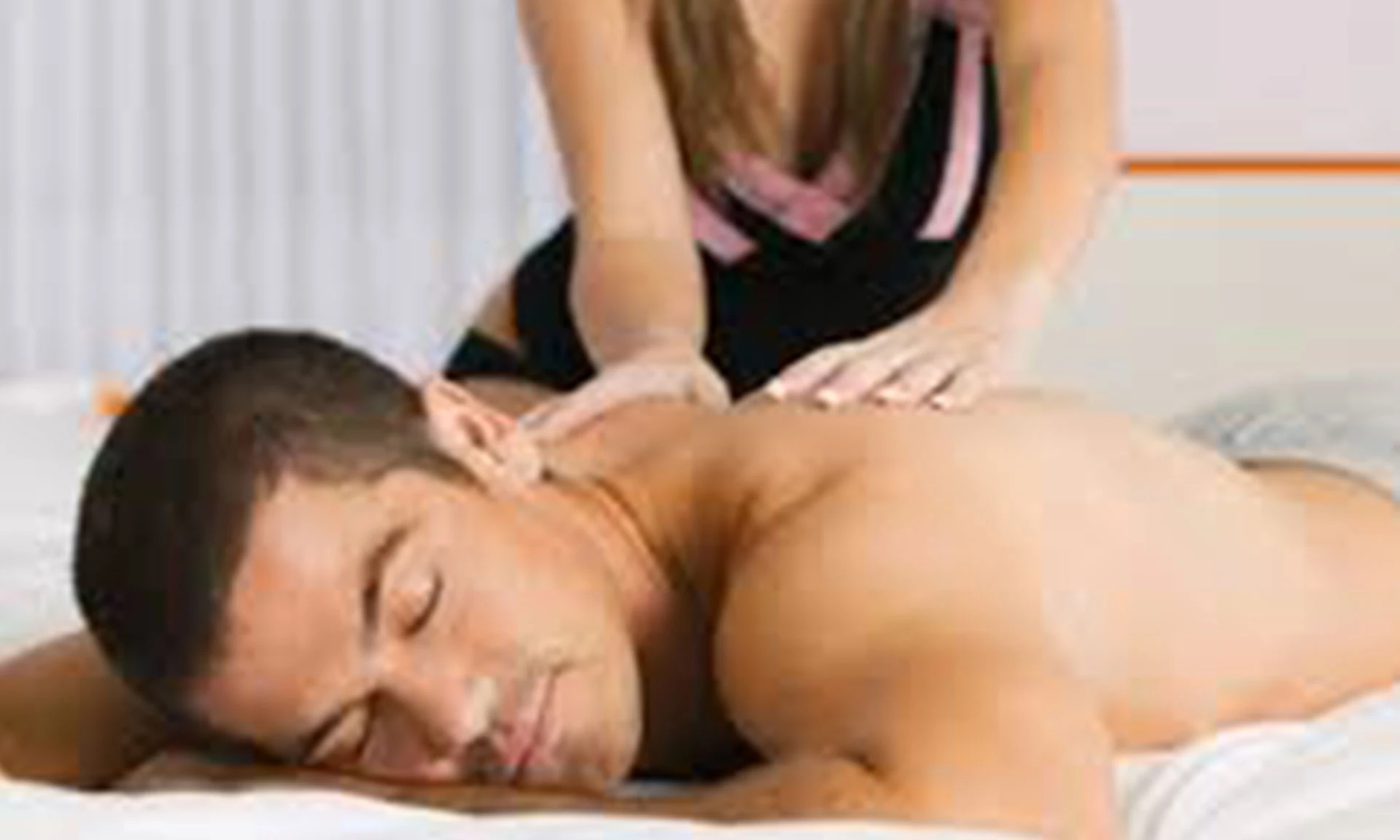Sensory massage is a type of massage focused on the gratifying and relaxing elimination of tensions in the muscles through gentle stimuli and sensations on the skin, combining touch and slow movements.
Sensory massage is a comprehensive massage technique aimed at all individuals interested in connecting with themselves and experiencing its benefits. It is ideal for those seeking relaxation, tranquility, balance, and integration between the body and mind.
Every day, we are exposed to workloads, responsibilities, or commitments that lead to the accumulation of tension, warranting the application of a sensory massage on a weekly basis.
This technique visualizes and works on the body as a whole, with a unique systemic and holistic approach, where there is a special connection between the masseuse and the recipient, achieving a true state of meditation through conscious, deep, natural, and fluid breathing. Each masseuse performs movements in a particular way, appropriating the technique and adapting it sensibly, interpreting the recipient and their individual needs.
What is the basis of sensory massage?
This peculiar massage is based on a series of fundamental elements that are part of its essence when applied, such as:
- Slow, long, enveloping, and gentle movements to relax contracted muscles and awaken the body’s energy.
- Sensory massage blends different techniques and principles extracted from various disciplines worldwide.
- It seeks spontaneous and appropriate energy flow, contained through sensations of tranquility, renewal, and liberation.
- Movements are gentle, long, and fluid to achieve relaxation and balance the nervous system. Each massage adapts to the recipient, using varied rhythms until the mind no longer perceives elbows, forearms, thumbs, among others.
- The professional does not apply the same technique to everyone but adapts it to the recipient, so the techniques are not fixed, aiming to provide what the recipient needs at the moment.
- It works directly with the person, receiving the messages their body sends and responding according to their needs.
Benefits of sensory massage
The successful execution of the technique by a professional masseuse leads to ensuring well-being and health. Among the numerous perceived benefits, the following stand out:
· Releases tension
Attaining full-body relaxation, the masseuse uses palms, forearms, elbows, and tools to ensure that the entire body achieves tranquility by eradicating muscular tensions.
· Activates blood circulation
Different movements allow the regular flow of blood and the favorable transport of oxygen to relax muscles and tissues throughout the body. Additionally, nutrients move more effectively through the blood vessels to the muscles, promoting the elimination of toxic waste through them.
· Balances the nervous system
Sensory massage is ideal for providing peace and helping overcome any ailment or tension one may suffer, establishing a true connection with our inner selves. Both the masseuse and the recipient integrate to calm and eliminate the blocks or disturbances that promote emotional disorders and the appearance of contractions, giving movement to the muscles.
· Improves personal appearance
Sensory massage promotes the presence of oxygen in the muscles, reflecting on the external appearance by providing greater definition and muscle tone. The skin fills with nutrients, a blood renewal occurs due to energy, sensitivity increases, and receptivity improves by eliminating mental blocks.




















